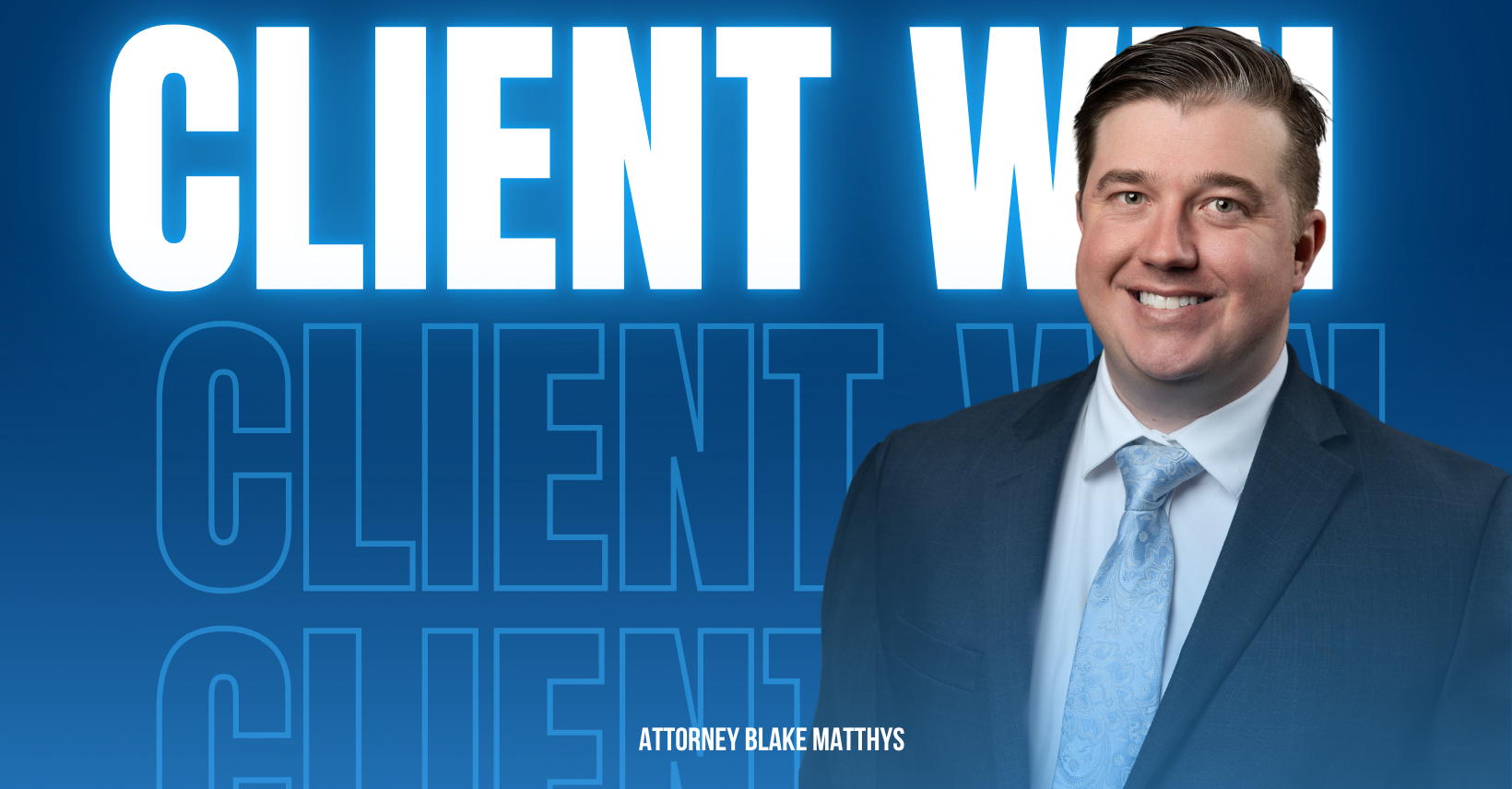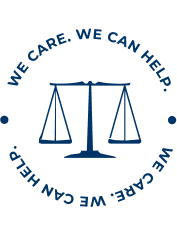Each year, the month of March is marked as the time to honor those impacted by brain injury and promote prevention, care, research, and advocacy. For over 30 years, the Brain Injury Association of America (BIAA) has called on the nation to observe Brain Injury Awareness Month through a public awareness campaign. This year’s theme: #ChangeYourMind.
The campaign highlights the need for de-stigmatization of brain injury, greater empowerment for those who survived brain injury and enhanced promotion of the types of support available to those living with brain injury.
Every day, 137 people die in the United States because of a Traumatic Brain Injury (TBI). Whether the cause of a TBI is a child falling off a bicycle or a family involved in a car collision, brain injury affects many lives daily. It is important that we do our part to support the survivors and their caregivers.
What is a TBI?
A TBI is defined as an alteration in brain function, or other evidence of brain pathology, caused by an external force. Traumatic impact injuries can be either closed (non-penetrating) or open (penetrating).
Currently, there are 5.3 million people in the United States living with a TBI-related disability. The effects of brain injury include impaired thinking and memory, movement, sensation such as vision and hearing and emotional functioning such as personality changes and depression.
These effects vary based on cause of injury, location of injury and the severity of the injury.
The severity of brain injury
The severity of damage to the brain after an injury is the primary factor in predicting the impact on the individual. TBIs are categorized as mild, moderate or severe. It is usually apparent that a brain injury has occurred if the injury is severe. Further assessment is often needed to diagnose mild or moderate brain injury.
Mild brain injury
Brief, if any loss of consciousness
Vomiting and dizziness
Lethargy
Memory lossModerate brain injury
Unconsciousness up to 24 hours
Signs of brain trauma
Contusions or bleeding
Signs of injury on neuroimagingSevere brain injury
Unconsciousness exceeding 24 hours (coma)
No sleep/wake cycle during loss of consciousness (LOC)
Signs of injury appear on neuroimaging tests
Anyone who suspects they have a brain injury should go to the emergency room or contact a physician immediately.
Seven ways to honor Brain Injury Awareness Month
How can you honor Brain Injury Awareness month this year? Consider these suggestions:
Learn about traumatic brain injury. Read about prevention, treatment and how to be a support system for someone dealing with a TBI.
Post your support on social media. Express your support for Brain Injury Awareness Month on Facebook, Instagram Twitter or other social media channels. You may spark your friend’s interest and get them to join you!
Donate. Do some research to find a non-profit or health organization and donate to brain injury research or services. You can use sites such as GuideStar or Charity Navigator to ensure you are donating to a trustworthy organization.
Fundraise. Hosting a bake sale is a good way to raise funds. Not only will you gather funds to donate, but you will also bring awareness with the bake sale itself.
Volunteer at an organization dedicated to TBI. Monetary efforts are not the only way of giving to TBI services and those affected by it. Lend a helping hand to an organization that serves those with traumatic brain injury.
Help an individual or family in need. For many, dealing with a TBI is a life-long process. If you know anyone who is caring for a loved one that experienced the trauma of a TBI, ask how you can help. Something that may seem like a small gesture such as providing transportation to the doctor may mean much-needed rest for the caregiver
Share your story. One of the most powerful ways to bring awareness and influence someone regarding an issue is by sharing a personal experience. Aside from bringing awareness to those who have not experienced a TBI in any type of way, sharing your story may help others know they are not alone. You can pass along advice and support to someone who may feel they are alone on their journey with a TBI.
Preventing Traumatic Brain Injuries
Not only is it important to raise awareness of the dangers associated with brain injuries, sharing knowledge on how to prevent them can be invaluable information. Every nine seconds, someone in the United States sustains a brain injury. The Carlson Law Firm recognizes and is proud to take part in Brain Injury Awareness Month by spreading awareness and providing tips to the public in an effort to prevent brain injury.
Motor vehicle safety
One of the first motor vehicle safety lessons we learn in life is to buckle up. We hear it from our parents, cartoons, at school, on road signs and all throughout life. We are all aware that not wearing a seatbelt could result in potentially fatal consequences, including serious brain injury, yet 27.5 million people still do not buckle up.
- Make it a habit to put your seatbelt on and ensure all passengers are also buckled up before you start your vehicle.
- Use an appropriate child safety seat or booster seat and have it inspected to make sure it is installed correctly. An alarming 95 percent of infant car seats have at least one major installation error.
- Driving under the influence of alcohol or drugs is the third leading cause of motor vehicle collisions.
Never drive while intoxicated or ride as a passenger with someone who is intoxicated.- If a friend or loved one is intoxicated and wants to get behind the wheel, take their keys. You may be saving their life as well as lives of innocent people.
Wear a helmet
Studies have shown that wearing a helmet can reduce your risk of a serious brain injury. In fact, helmet use reduces the odds of a head injury by up to 50 percent. Think about it. If you fall off your bicycle or motorcycle while wearing a helmet, the helmet rather than your head and brain absorb most of the energy
- Whether you are riding a motorcycle, cruising on a bicycle, or coasting on a scooter, always wear a helmet that fits. Keep in mind; helmets are designed specifically to an intended activity, so it is a good idea to wear the right style as helmet as well. Check the manufacturer’s instructions and guidelines before purchasing a helmet.
- When fastened and tightened, a helmet should not move from side to side or front to back.
Prevent falls
Falls continue to be the leading cause of TBIs. Young children and older adults are most at risk of suffering a TBI from a fall. Reduce the risk of falls in older adults to improve their ability to live longer and independently by:
- Ensuring there are hand bars and rails along with adequate lighting on stairs, especially for those who have poor vision or difficulty walking.
- Use double-sided tape to help keep rugs from slipping.
- Install grab bars next to your toilet and in the bathtub and shower along with non-slip mats.
- Make sure your loved ones visit the eye doctor at least once a year.
- Encourage regular exercise as it improves strength, balance and coordination.
It is our duty as parents to protect our children from harm, including potential head injuries. Supervision is key to preventing falls in young children. Whether your child is inside at home or playing outside, they should be supervised at all times around fall hazards. Additional tips to prevent falls in young children include:
- Make your home a safe place for children by putting gates at the tops and bottom of stairs.
- Do not sit children on countertops or other high surfaces.
- Check playground equipment for cracked or broken parts and make sure there is a soft landing surface below such as rubber mulch, sand or wood chips.
Pedestrian Safety
Pedestrians are vulnerable to head injuries should an accident occur. Aside from being struck by a vehicle, pedestrians can suffer TBIs in other ways such as a slip, trip or fall due to dangerous conditions on sidewalks or properties.
- Walking distracted is just as dangerous as distracted driving. Avoid looking down at your cell phone while walking, especially when crossing the street.
- Make eye contact with drivers who are stopped to be sure they are aware you are about to cross the street.
- Always walk on the sidewalk, if there is not a sidewalk, pedestrians should walk facing traffic.
- Obey all traffic signs and signals.
- Don’t run into the street assuming you will beat the oncoming vehicle. They may not see you and speed up.
- Only cross on crosswalks or corners.
Team sports safety
Taking part in a team sport can be very beneficial as it keeps you physically active and can teach sportsmanship and discipline. On the downside, playing sports puts athletes at risk of head injuries that cause the brain to move quickly back and forth.
- Athletes should wear appropriate protective equipment that fits properly.
- Athletes should understand safe playing techniques and follow the rules of the game.
- Coaches and parents should learn how to detect signs and symptoms of a concussion.
- Athletes with suspected head injuries should not return to play until they are evaluated by a healthcare professional.
The Carlson Law Firm can help
Here at The Carlson Law Firm, we understand brain injury victims face life-changing repercussions that cause harm to entire families. Our legal team is committed to ensuring our clients are in the best possible position for long-term relief and will advocate relentlessly until you receive the justice you deserve. If you or a loved one suffered a TBI due to the negligence of another, don’t go another moment without the legal representation of a Traumatic Brain Injury Lawyer to protect your rights and future. Contact The Carlson Law Firm today. Our experienced and compassionate lawyers can evaluate your case and help you explore your options for seeking maximum compensation. We care, we can help.





